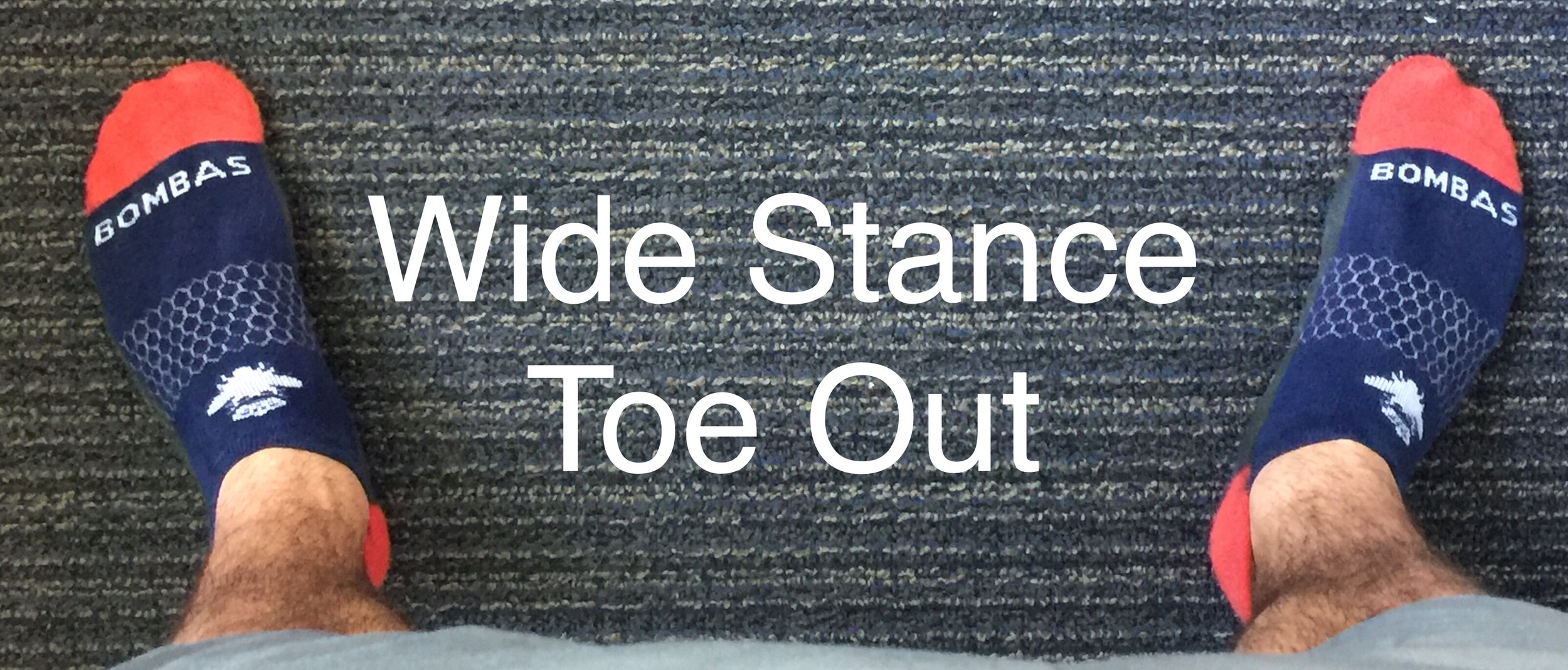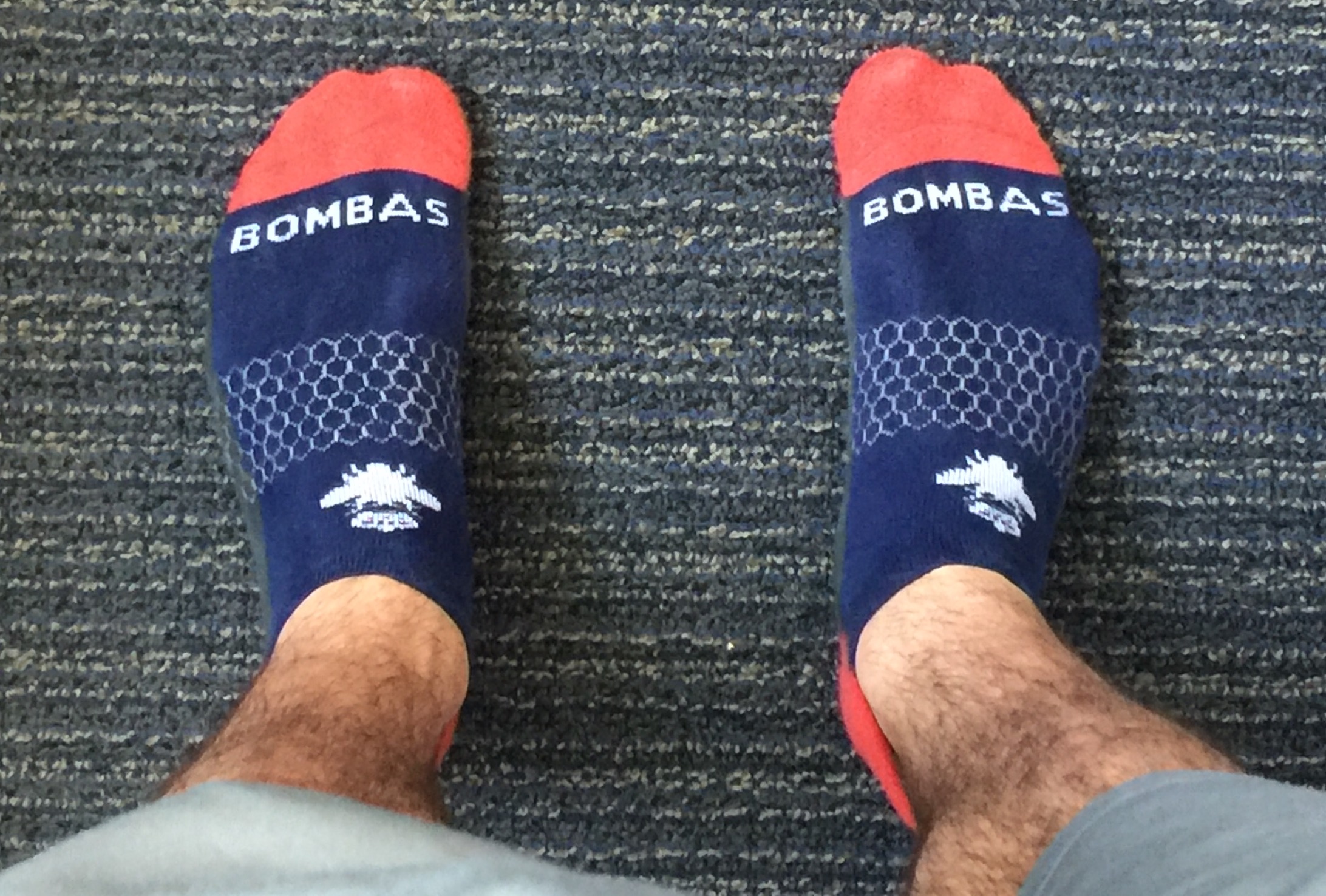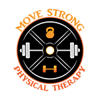Why Your Hip Mobility Isn’t Improving
Hip mobility is critical for hip, knee, and low back health. It is also crucial for athletic performance and performance in the gym. Limited hip mobility can contribute to low back and knee pain and limitations in your performance for certain lifts such as squats and deadlifts.
Far too often, we hear, “I stretch and stretch,” or “I have been doing my hip mobility drills, but it isn’t improving.”
There are many reasons why someone may need an improvement in mobility. Here is one not-so-obvious reason why your hip mobility isn’t improving.
Reason 1: Hip Structure
Your hip structure is likely the most under-appreciated reason why someone may not see an improvement in their hip mobility.



Most people have two femurs (thigh bone) and two acetabuli (hip sockets). Even though someone may have two doesn’t mean they are created equal when compared to someone else or even right versus left sides in the same person.
The factors we are referring to are the depth of someone’s acetabulum, the angle of their acetabulum, the angle of their femur, or the bony make-up of their femur.
These factors can dictate someone’s ability to exhibit sufficient hip mobility, specifically hip internal and external rotation, hip flexion, or hip abduction.
Someone can present with a “normal” hip structure and be able to externally and internally rotate their hips.
Other people can present with “anteverted” or “retroverted” hips. Anteversion is where the person’s acetabulum is angled forward, and retroversion is where the person’s acetabulum is angled backward.

The pelvis on the left presents with anteverted acetabuli and the pelvis on the right is more neutral.
So, what does this mean for me?
Well, suppose you present with anteverted acetabuli or one anteverted acetabulum, due to the orientation of your acetabulum. In that case, you will have a greater degree of hip internal rotation and less of a degree of external hip rotation.
If you presented with retroverted acetabuli or one retroverted acetabulum, due to the orientation of your acetabulum, you will have a greater degree of hip external rotation and less of a degree of hip internal rotation.
For the record, this is not something that can be changed. It is a bony structure that has developed over time and cannot be stretched, mobilized, etc.
The Craig’s Test is a great way to determine if you have anteverted or retroverted hips.
With this test, lie on your stomach. You will need someone to rotate your leg into hip external and internal rotation, as shown.
Palpate the greater trochanter on the outside of your hip. As the hip is rotated into hip external and internal rotation, gradually decrease the amount of hip internal and hip external rotation as shown.
When you can feel the greater trochanter is the most prominent, measure the angle the tibia makes with a vertical line.
If you are within 8-15 degrees, this is considered “normal” for the hip.
When testing this, the hips are considered anteverted if you are greater than 15 degrees of hip internal rotation.
When testing this, the hips are considered retroverted if you are less than 8 degrees of hip internal rotation.
So, with this information, what does this all mean?
If your hips are retroverted, you may present with limited hip internal rotation and increased hip external rotation due to your bony anatomy. So, squatting with a foot and lower extremity in hip external rotation may work better for you.
.jpeg)
With the deadlift, you may be better suited for performing a sumo deadlift.
If your hips are anteverted, you may present with limited hip external rotation and increased hip internal rotation due to your bony anatomy. So, squatting may make it more comfortable and easier to squat with a stance where your feet are neutral or pointing straight ahead.
.jpeg)
With the deadlift, a conventional deadlift may feel like a better option.
If you have been working on trying to improve your hip mobility and you haven’t been able to maintain it, or it hasn’t been improving, make sure to have someone assess your hips to make sure you aren’t barking up the wrong tree and trying to improve something that you can’t improve.
Reason #2: Soft Tissue Quality
This point has been belabored repeatedly about foam rolling, self-myofascial release, etc.
Have you been using a foam roller or lacrosse ball to the back of your hips and not seen an improvement in your hip mobility?
Well, other muscles can limit hip internal and hip external rotation.
Those muscles include your adductors as well as your gluteus medius and minimus.

Both groups of muscles can limit hip external rotation and the adductors can limit both hip internal and hip external rotation, depending on which adductor you are referring to.
If you have been performing self-myofascial release to the muscles on the back of your hip and have not seen a change, try performing self-myofascial release to your adductors and your glute medius/minimus.
Perform for 10-15 seconds per area.
Then follow it up with some mobility drills consisting of:
Quadruped Adductor Rockbacks
Key Points:
5-8 reps.
Maintain a neutral lumbar spine.
Stretch should be felt in the adductor muscle group.
Key Points:
Hold a moderately heavy kettlebell against your chest.
Sit back towards foot/ankle.
Maintain a neutral spine.
The stretch should be felt in the adductor group.
Reason 3: You’re Not Giving Your Body a Reason to Maintain Hip Mobility
Often, we stretch, foam roll, do mobility drills, etc., and feel “more mobile”, but things tighten up hours or days later.
Another reason your hip mobility may not improve is that you’re not giving your body a reason to maintain it.
I tell all of my athletes and clients that we need to train that “new” mobility for our bodies to maintain it.
Let’s go through various drills and which range of motion they train the body to control.
Hip Flexion Exercises:
Supine Core Activated Active Straight Leg Raise
Key Points:
Press down firmly into the ground with your hands.
Slow and controlled, raise one leg into the air while maintaining the other on the floor.
Alternate and perform for five reps per side.
Supine Psoas March
Key Points:
Ensure the knee of the leg is not going down towards the table and stays above hip height.
Alternate side to side for three sets x 5 reps per side.
Hip Extension Exercises:
Cook Hip Lift
Key Points:
Ensure the hip is flexed enough to prevent the ball from falling out.
If the ball falls out, you are not keeping your hip flexed enough.
Perform slow and controlled five reps per side x 3 sets.
Quadruped Assisted Hip Extension
Key Points:
Keep low back still, and don’t let it move.
Think of pushing the wall back with your leg vs. lifting the leg.
Perform for five reps per side, alternating for three sets.
Tall Kneeling Core Activated Hip Hinge
Key Points:
Think of “bowing” and move your hips back vs just bending your knees.
Make sure to finish the movement by bringing your hips forward.
Finish with your shoulders, hips and knees stacked on top of each other.
Perform for 3 sets x 5 reps.
½ Kneeling Chops
Key Points:
Place your lower body in a narrow stance.
Bring arms down and across your body and follow with your eyes and head. The stance should be challenging but not so hard where you are shaking and wobbling.
The inside leg should be the leg that is up. Perform for two sets x 10 reps per side.
Tall Kneeling Chops
Key Points:
Make sure the shoulders, hips, and knees are stacked over each other.
Bring arms down and across your body and follow with your head and eyes.
Control trunk position on the way down and up.
Perform for two sets x 10 reps facing each way.
Hip Internal and External Rotation Exercises
Supine Assisted Hip ER/IR
Key Points:
Perform slow and controlled
3 sets x 5 reps.
Quadruped Assisted Hip ER/IR
Key Points:
Perform slow and controlled
3 sets x 5 reps.
Tall Kneeling Hip ER/IR Walkouts
Key Points:
Perform slow and controlled
3 sets x 5 reps
½ Kneeling Chops
Key Points:
Place your lower body in a narrow stance.
The stance should be challenging, but not so hard where you are shaking and wobbling.
Bring arms down and across your body and follow with your eyes and head.
Perform for 2 sets x 10 reps per side.
Inside leg should be the leg that is up.
Hip Abduction Exercises
Prone Hip ER Lifts
Key Points:
Place foot on the back of the opposite knee.
Keeping pelvis still, lift bent knee slightly off ground.
Perform for 3 sets x 5 reps.
Now that we have covered various corrective strategies, we need to load the body to help maintain these improvements.
A well-structured strength and conditioning program is one of the best correctives.
Performing movements such as:
Front Squats
Goblet Squats
Lateral Lunges
Reverse Lunges
Trapbar Deadlifts
Front Squats
Goblet Squats
Lateral Lunges
Reverse Lunges
Trap Bar Deadlifts
As well as many other well-executed movements can be great ways to help maintain improvements in mobility.
Reason 4: Poor Core/Trunk Control
Often, we stretch, foam roll, do mobility drills, etc., and feel “more mobile”, but things tighten up hours or days later.
Another reason someone’s hip mobility may improve/not be maintained OR may not improve at all is poor core/trunk control.
Improving control at the core can directly impact one’s ability to control the hip and, in turn, the knee, ankle, and foot.
Some quick tests to determine if improving core control will potentially improve hip mobility are:
FABER (Flexion Abduction External Rotation)
Key Points:
Place ankle just above the opposite knee.
Allow the leg to relax and drop down towards the ground.
Shin should be within 5 degrees of parallel.
If during your FABER, your shin doesn’t drop to within a few degrees of parallel, try performing the Core Activated FABER.
Core Activated FABER
Key Points:
Same as FABER.
Press down into the ground/table.
If your FABER improves, then it is potentially a core stability issue.
Active Leg Raise (ASLR)

If you can’t get your ASLR to approximately 80 degrees, try performing the Core Activated Active Straight Leg Raise.
Core Activated Active Straight Leg Raise
Key Points:
Use a band or press hands into the ground.
If your leg raise improves, then it is potentially a core stability issue.
Other drills that Dean Somerset has mentioned to improve hip mobility are performing side planks or prone planks to improve the hip external or internal rotation.
He has found that performing side planks can improve hip IR mobility, and prone planks can improve hip ER mobility.
Two drills that I like to use with athletes and clients are the Modified Side Plank with Reach.
Modified Side Plank with Reach
Key Points:
Start in hip and knee flexion.
Bring hips forward, not up.
When you have reached hip extension, take the top arm and reach across your body.
Hold for 3 reps x 3 breaths and then perform on the opposite side.
Modified All Fours Belly Lif
Key Points:
Press the ground away from you.
Keep ribs down towards your belt line.
Maintain this position as you bring your hips up in the air.
Modified All Fours 1-Crawl
Key Points:
Press the ground away from you.
Maintain ribs down towards belt line.
Move opposite arm/leg back and then return to starting position.
Keep low back still as you move arms/legs.
Improving core and trunk stability allows the hip to move on a stable “base”. If the joint or joints above or below cannot provide a stable foundation for another joint to move on, this can limit a joint’s ability to move.
You can learn more about hip mobility issues here.



